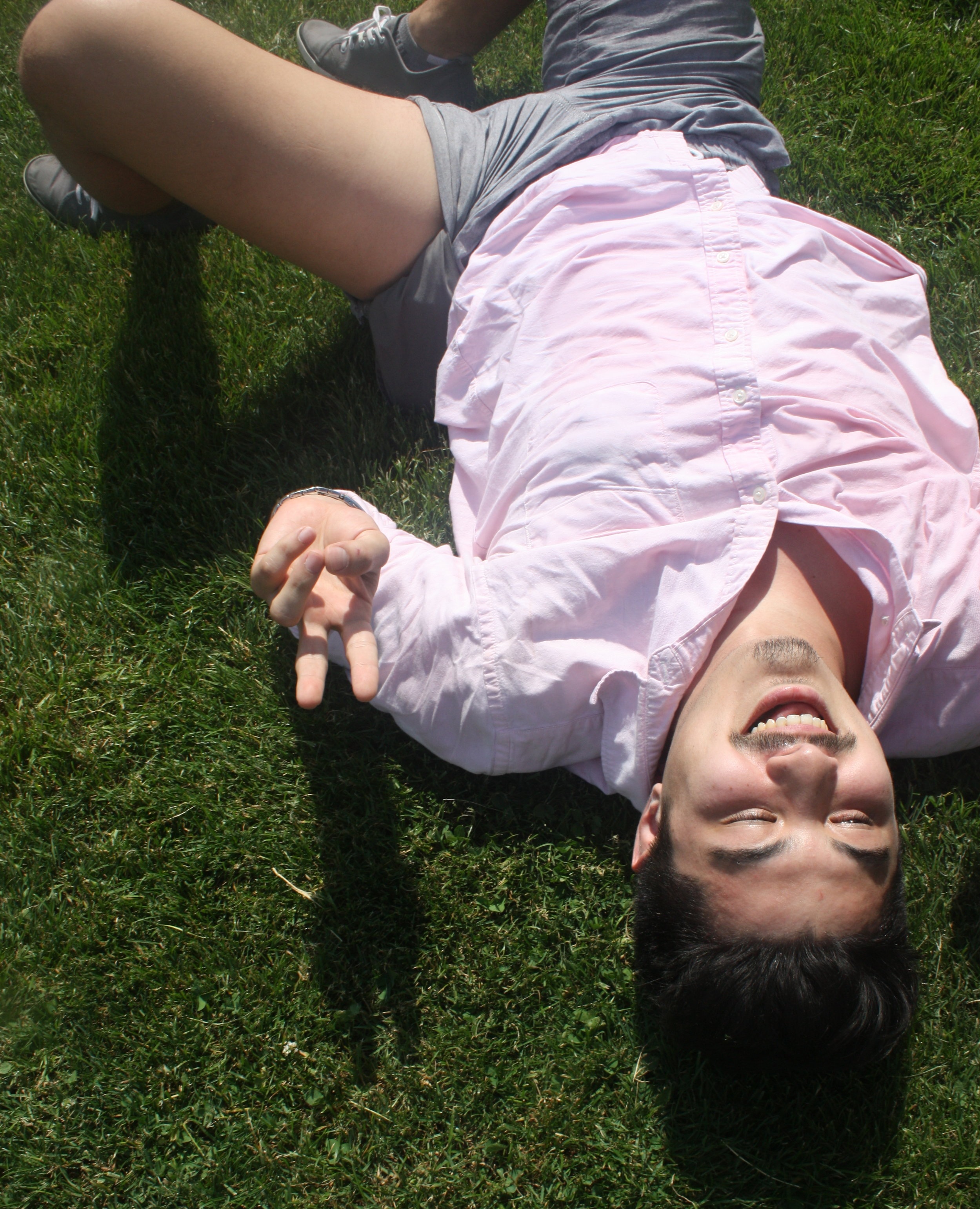From Playground Fall to OR Calls
Written by: Dr. Arrianna Mohammed
Edited by: Dr. Joann Hsu
The case:
A 7yo M comes in after a fall on the playground. No HS, no LOC, patient complaining of left arm pain. Is crying throughout the exam especially with palpation of the left arm.
Exam: Swelling at the left elbow. Neurovascularly intact, limited ROM at elbow.
Xray finding: posterior fat pad!
The radiographic posterior fat pad (PFP) sign is described as an “elevated posterior lucency on a true lateral radiograph of an elbow flexed at 90 degrees.”
The elevation of the PFP occurs secondary to distension of the joint capsule from an elbow joint effusion.
In the setting of traumatic injury, it indicates an occult fracture that is not visible on the xray.
In pediatrics, this most often indicates a supracondylar fracture.
In adults, this most often indicates a radial head fracture.
The utility of ultrasound
Anatomy:
The elbow is a “hinge joint contained within a fibrous capsule” lined by the synovial membrane.
Three small deposits of fat rest within the radial, coronoid, and olecranon fossa, establishing the fat pads of the elbow
Displacement of these fats pads occurs with distension of the joint capsule.
The posterior fat pad (PFP) is located within the olecranon fossa, bordered by the triceps tendon and anconeus muscle.
How to perform the ultrasound:
Longitudinal view:
Transverse view:
Bedside ultrasound images from this case:
Research on the utility of ultrasound in elbow joint effusions:
A cadaveric study in 1998 demonstrated that ultrasound is a good modality to accurately identify elbow joint effusions:
Lateral radiographs identified elbow effusion with a positive PFP sign with 5 to 10 mL of fluid in the joint with the elbow flexed in the 90-degree position.
Ultrasonography allowed for identification of as little as 1 to 3 mL of fluid posteriorly with the elbow flexed position
Magnetic resonance imaging allowed identification of 1 mL of fluid, regardless of joint position and location.
In a systematic review and meta-analysis of 8 studies (880 children with elbow injury without obvious deformity), POCUS had a pooled sensitivity of 97 percent (95% CI 91-99 percent) and a pooled specificity of 90 percent, (95% CI 80-95 percent).
There was high heterogeneity attributable to patient selection, imaging technique, and sonographer specialty.
However, in most settings, plain radiographs remain the preferred study. This is especially true for those children requiring follow up since plain radiographs remain the preferred study in orthopedic settings.
Pediatric supracondylar humeral fractures
Frequency: Account for up to 60 percent of pediatric elbow fractures
Mechanism: Fall on an outstretched arm in up to 70 percent of patients
Age: Most frequently in children between two and seven years of age
Gartland Classification:
Type 1 - Nondisplaced or minimally displaced (<2 mm) fracture with radiographic evidence of elbow effusion (posterior fat pad sign).
Type 2 - Displaced (>2 mm) fracture with an intact posterior periosteum. The anterior humeral line is displaced anteriorly.
Type 3 - A completely displaced fracture with disrupted anterior and posterior periosteum. This injury results in no continuity between the proximal and distal humeral fracture fragments ("S" deformity)
Complications:
Absent Pulse - May indicate vascular insufficiency. Obtain an emergency consult with an orthopedic surgeon
Open Fracture - At risk of developing osteomyelitis. Initial treatment: prophylactic antibiotics and tetanus immunization as indicated
Compartment Syndrome - Suspected based upon severe and difficult to control pain associated with increased swelling and ecchymosis at the elbow
Management:
Type 1 fractures - Immobilization with a posterior splint and sling. Orthopedics follow up within seven days of the injury.
Posterior splinting - Should extend from the wrist to the axilla, with the elbow at 90 degrees of flexion and the forearm in neutral position with respect to supination and pronation
Type 2 and 3 fractures - Urgent orthopedic consultation for surgical intervention
Happy scanning!






